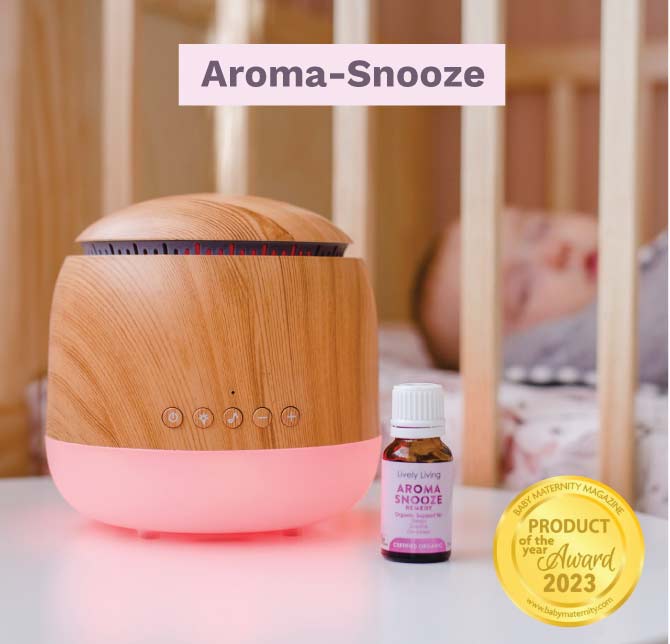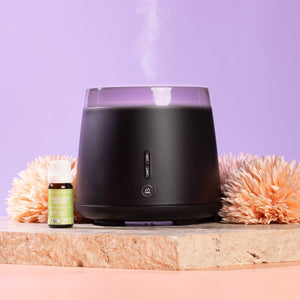Discover the Best Essential Oils for Pain Relief
Many people deal with daily pain, making it a common but often private concern. The use of essential oils for pain is gaining interest, especially among those with chronic conditions. Could essential oils offer a natural path to relief?
From backaches to the discomfort of arthritis, finding effective relief is important. Essential oils, concentrated liquids extracted from plants, offer therapeutic properties. These natural extracts might provide a complementary approach to managing pain.
Table Of Contents:
- Essential Oils for Pain Management
- Precautions and Safety
- FAQs about essential oils for pain
- Conclusion
Essential Oils for Pain Management
Essential oils have been used for centuries for various health conditions, and today we focus on their potential for pain relief. Always check with your healthcare provider when experiencing new aches or discomfort. Certain oils show promising potential in helping with specific types of pain.
Essential Oils for Muscle Pain
Muscle soreness, whether from a tough workout or everyday tension, can hinder daily activities. Several oils can offer some relief. Let's explore these options.
Peppermint oil contains menthol, which provides a cooling sensation. This may help reduce sore muscles and provide pain relief. It may be a helpful alternative for easing aches.
Marjoram is known for its soothing properties. This oil can provide comforting support. This herb, used in food and as an herbal treatment, also offers relief from inflammation due to exercise or overactivity.
Helichrysum oil is known to reduce discomfort. It could play a role in easing muscle pain after overexertion.

Essential Oils for Nerve Pain
Nerve pain, often described as sharp, shooting, or burning, can be challenging to manage. Conventional treatments don't always offer complete relief. This is where some oils can be considered.
A 2015 systematic review discovered bergamot essential oil can provide support for neuropathic pain. This discomfort is usually due to chronic nerve problems. Further research, including randomized controlled trials, is needed to confirm these findings.
Essential Oils for Joint Pain and Inflammation
Joint pain, often due to inflammation, can impact daily movement. Many people search for alternative treatment methods. This is where essential oils are becoming more popular.
Many seek ways to manage arthritis, and there have been studies on this topic. One particular study from the Catholic University of Korea in Seoul indicated those who inhaled scents had a better mood and experienced less pain.
Frankincense has a history of traditional use for inflammation and pain support. A 2011 review indicated it has shown some evidence for its support in inflammation and pain. While additional research in humans is needed, the findings provide hope.
Lively Living Kunzea Essential Oil is widely used to trat pain and inflammation
 Kunzea Essential Oil
Kunzea Essential Oil
| Essential Oil | Potential Benefits |
|---|---|
| Frankincense | Traditionally used for inflammation and pain, some evidence supports its use. |
| Chamomile | May reduce the need for pain medication in osteoarthritis, some relief for carpal tunnel syndrome. |
| Peppermint | Contains menthol for a cooling sensation, may reduce sore muscles and relieve pain. |
Chamomile oil reduced how often individuals needed pain medication who were struggling with osteoarthritis, according to a 2015 study. Carpal tunnel syndrome symptoms got some relief from using chamomile oil, according to another 2017 study. More studies included in research are needed.

Essential Oils for Menstrual Pain
Many deal with cramps during their periods each month. Some may look to alternative methods for relieving pain, like oils. Essential oils have shown promising results, although you should also consult with your healthcare professional.
Rose oil has shown potential to aid with discomfort related to periods when used as part of a combined treatment approach. Research from 2013 supports using rose oil with conventional methods. It found that using aromatherapy could ease pain with kidney stones, too.
A small 2012 study looked at women and menstrual pain during their monthly cycle. Applying a cream containing clary sage oil lowered discomfort levels. Another 2012 study researched using oils to reduce discomfort. Researchers learned that combining several essential oils decreased period pain.
Essential Oils and Headaches
Those who deal with headache pain frequently seek quick comfort, whether conventional or not. Oils might play a small role, and for some, can make a significant difference when applied topically. The impact on mental health can also be a consideration for those experiencing frequent pain.
Those dealing with migraines used lavender essential oil and saw relief from its ability to reduce pain, a 2012 study found. When applied topically for headaches and migraines, lemongrass lessened pain. A 2011 study indicated that the eugenol found in it seems to produce similar pain relief.
How to Use Essential Oils for Pain
Essential oils offer diverse use options. Diffusing might be best for some, while topical application works better for others. It depends on your personal preference and the type of pain.
Here are some ways to use the various types of oils:
- Topical Application: Before using essential oils directly on your skin, dilute them with a carrier oil. This helps to prevent skin irritation and ensures safe application.
- Inhalation: Adding a few drops to a diffuser and breathing in the oils is a common way to enjoy their therapeutic effects. This method can be particularly helpful for headaches and stress-related pain.
- Baths: Another method involves combining the oils with Epsom salts before adding them to the water. This can be beneficial for muscle and joint pain.
Remember, the impact of essential oils may vary due to factors like stress level, sleep quality, or lifestyle changes. Always test each oil before regular use. Consult your healthcare professional before starting any new treatment to understand potential risks.

Choosing the Right Essential Oil and Carrier Oil
Finding a reliable source is crucial. Here is a list to use when buying any oils:
- Look for pure essential oils. This ensures you aren’t buying a synthetic product.
- The bottle should indicate where the plant grew. This information helps confirm the oil's origin and quality.
- The Latin name of the plant used in the product should also appear on the container. This provides further assurance of the oil's authenticity.
- Buy oils in dark-colored glass bottles. This helps protect the oil from light degradation.
Choosing your carrier oil involves understanding various options. Coconut, jojoba, and avocado oil are commonly used. Always dilute and test essential oils before using them for pain.

Proper Dilution Methods
Diluting essential oils correctly helps you enjoy their potential benefits while promoting safe use. Safety is crucial with these concentrated natural products. It's also one of the important factors in many lifestyle quizzes related to alternative medicine.
Here's a step-by-step guide:
- Choose a Carrier Oil: Carrier oils ensure safe application by diluting the essential oil. Common carrier oils include coconut, jojoba, sweet almond oil, and olive oil. Choose an oil you tolerate well.
- Determine the Dilution Ratio: Generally, a 2-3% dilution is recommended, depending on the specific oil and individual needs. This translates to about 12-18 drops of essential oil per ounce of carrier oil. Adjust ratios as needed.
- Perform a Patch Test: This may require 24 hours to observe how your skin reacts. Apply a small amount of the diluted mixture to a small area of skin.
- Use Dark Glass Bottles: Always store blends in colored bottles that block light. Store them away from direct sunlight.
- Apply as Recommended: Proper application is important. Follow all instructions when using oils for pain relief.
Precautions and Safety
Prioritize safety. Taking the correct steps prevents unnecessary issues.
Essential oils can be toxic to pets. Consult with a vet or research thoroughly if choosing essential oils for pain relief. Certain oils used for conditions like psoriatic arthritis, should be carefully researched.
Some essential oils aren't safe around children or babies. Certain oils could be too strong for infants if they come into contact with their skin. Cautious use and proper application are essential before using them in a household setting. Be sure you understand how to use the oils in your home.
FAQs about essential oils for pain
What is the strongest essential oil for pain?
Peppermint oil is believed to have pain-soothing properties due to its menthol content, but more research is ongoing. Always consult with a healthcare professional while exploring different methods.
Which oil is best for pain relief?
There are various options for discomfort, but a popular choice is lavender. Researching oils for pain support helps determine the best essential oil for your needs. Oils with analgesic properties might also be useful to check into.
What is the most anti-inflammatory essential oil?
Many claim frankincense offers help, but ensure correct usage. Other options to investigate are oils like eucalyptus oil.
What essential oils are good for joint pain and inflammation?
Ginger, chamomile, and eucalyptus are frequently used. Research shows potential support for joints through the use of many plant compounds when mixed properly. This applies to different forms of joint pain, including rheumatoid arthritis, and even possibly things like neck pain and shoulder pain.
Conclusion
The journey to manage discomfort often leads people to explore various paths that suit their individual needs. Exploring essential oils for pain, alongside other alternatives or as advised by a healthcare professional, can be a viable option for some. Remember to consider factors such as the sample size in relevant randomized controlled trial results and any potential publication bias in the information. Always follow guidelines and do proper research when seeking remedies to relieve pain.






















